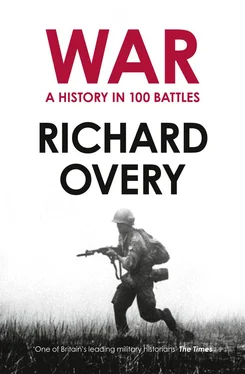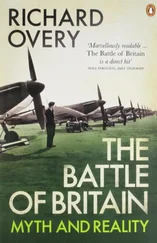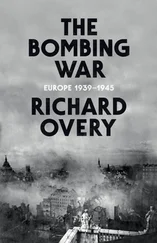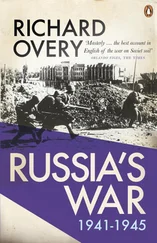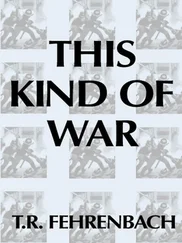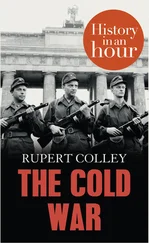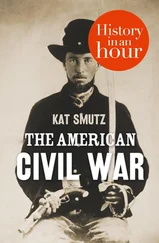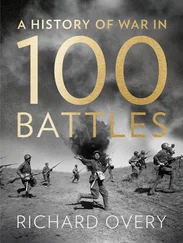Finally, there is war as a product of hubris. As more organized states or tribal federations emerged, there arose patterns of leadership that conferred upon kings, emperors and tribal chieftains exceptional power to demand fealty and compel service. The result was the emergence of warrior aristocracies whose members combined tough military service with land ownership or other symbols of distinction. In Europe and Asia, these warrior aristocracies dominated for several thousand years; even when larger and more settled political systems emerged, the aristocracies were expected to provide military leadership, rally their own peasants as military levies, and lead them into battle. This was the Prussian model of aristocracy, but it was not exclusively Prussian and can be found in state and sub-state units for thousands of years. Kings and their warrior elites did not need population pressure or religious idealism to fight, though these might have contributed, but fought over rival dynastic ambitions, claims to land through marriage or contract, the pursuit of wealth and empire for its own sake, or simply because that is what warrior elites did. Battle was the reason for their existence. In Frederick the Great’s Silesian wars in the 1740s, sixty noble generals were killed on the field of battle to ensure that Silesia was seized and held to satisfy Frederick’s lust for territory.
All these explanations played some part in the thousands of battles that have been fought across recorded history, even if each has its own particular historical explanation. Nevertheless, what is striking about any history spanning those 4,000 years are the common characteristics that emerge about the nature of battle itself. John Keegan, in his book The Face of Battle , put together a medieval, early modern and modern battle to illustrate how men ‘control their fears, staunch their wounds, go to their deaths’. But the same approach could cover all the battles in history, if there were as full a record from their participants as there has been for the past millennium. Even though battles are fought in a particular historical context and with changing military technologies, it is still possible to acknowledge their common features, and to understand what the face of battle meant for societies as far apart as the early city-states of the Near East and the developed, industrially armed states of the present. The experience of the volunteers, conscripts, levies, slaves or mercenaries who found themselves in battle on land or at sea is a daunting one. They inhabited briefly a special kind of community, cut off temporarily from the rest of the world, in which nothing mattered at that moment except prevailing over the enemy and avoiding their own death – the ‘truth of battle’.
The hardest thing to understand is the willingness to fight when, as the English philosopher Thomas Hobbes understood more than 300 years ago, the rational thing to do is to run away. On every account we have from the participants, battle is a deeply traumatizing experience with exceptional levels of risk and danger and the ever-present prospect of death, or, what was often worse, a serious wound that would leave you helpless and in agony on the battlefield, later to be battered or speared or bayoneted to death if your side lost, or untreated and likely to die if they won. For most of recorded history, there was no agreed protection for those who were wounded or taken prisoner, and although prisoner-taking could be one of the benefits of battle, particularly if the prisoners could be made to fight for their captors or used as slaves, there are numerous accounts of mass slaughter, mutilation and torture. The power of the victor over the vanquished is absolute, arbitrary and, at the end of an exhausting and dangerous contest, likely to be brutal. Even the emergence of the Red Cross in the 1860s and the Geneva Conventions covering prisoners-of-war in the twentieth century have not affected the savage fighting in civil wars, nor, in the Second World War, the neglect or killing of millions of prisoners.
For most of those on ancient or modern battlefields, the willingness to fight is dictated by the options available. Social pressure, demands for sacrifice, harsh discipline, respect for comrades – often drawn from the same area or tribe – and temporary loyalty to a cause or a person combine to prevent mass desertion. Most accounts of battle from the ordinary soldier show that the event itself is dominated by a psychological commitment to combat once the point of no return has been reached. After weeks of marching and camping, actual battle can be exhilarating as men are overtaken by waves of pent-up adrenalin. Unsurprisingly, fear also exists widely in battle, yet fear does not debilitate those who fight. William Wharton, an American novelist who served at the front line in Europe in 1944, found that he was ‘scared more than most people’, but he controlled his fear because of his companions: ‘I discover the difference between being scared and being a coward is having other people find out.’ Small-group loyalty has almost certainly been the key to combat in battle because most soldiers and sailors see only a miniature part of the conflict in which they are involved, fighting side-by-side with the few men around them, the battlefield hidden by dust (in early battles), smoke (in later conflicts) or the accident of geography. In hand-to-hand fighting, found in battles across the whole historical span, there is little sense of any order or shape to the battle: the enemy in front of you has to be killed or maimed or he will kill you. At that moment, religious enthusiasm, loyalty to the king or the national ideal become meaningless. Battle is really a description of thousands of small fights for survival, which merge into the single contest once historians give them some narrative shape to explain who won and who lost.
For a large part of 4,000 years of recorded conflict, men have fought because of what they were promised or hoped to find when the enemy, whether on a battlefield or in a siege, is defeated. Looting – whether for treasure, slaves or sex – runs through the accounts of thousands of battles. The huge Ottoman army gathered by Sultan Mehmet II to besiege Constantinople in 1453 may have been attracted to the idea of jihad against the bastion of Orthodox Christianity, but as one observer noted of the repeated and fruitless attempts to storm the city, the soldiers ‘ran towards certain death for booty’. When the city was taken, Mehmet allowed only a day of looting instead of the three customarily allowed under Islamic law, but the eyewitness accounts render a squalid picture of Ottoman soldiers on the rampage, taking anything portable, tying together groups of inhabitants to be dragged off to slavery, raping both women and young boys. Soldiers were often not paid regularly for their service before the last few hundred years (though mercenaries would only fight if they thought they would profit from it with cash, salaries or loot), so they would take any perquisites of war they could find. At Poltava in 1709, Russian troops stripped their Swedish enemies naked on the battlefield, dead and wounded, and took away the boots and tunics as their just deserts. In much classical and early warfare, stripping the dead could provide a moment of good luck, as officers and commanders often took their cash or jewels with them in case they were appropriated in their absence. The capture of the Turkish commander’s ship at Lepanto in 1576 revealed his entire fortune in chests below decks, and the coins and jewellery were distributed among the incredulous marines and sailors who found it.
The possibility of booty was immediate before the professionalization of the military and its support organizations in the nineteenth century. For much of the previous 3,500 years covered by the battles in this book, armies were complex social units, accompanied by women and children, often in large numbers, and a motley crew of retainers, servants and labourers bringing the supplies and guarding any treasure. Wives commonly accompanied the march and awaited the outcome in the baggage train. Other women were brought along, voluntarily or otherwise, to service the sexual needs of the men. Hundreds of women would be employed preparing food, moving supplies, mending uniforms or helping to dig trenches. Ottoman armies numbered by chroniclers in the hundreds of thousands usually contained a whole community of followers, wives and concubines; the core of fighting men was only a smaller fraction of the whole. In Europe, the large train of women had been gradually suppressed by the seventeenth century, partly to allow armies to become more mobile but also on moral grounds. Women came to be excluded from military occupations and were left behind in the garrison towns. Those women who accompanied the army were widely regarded as prostitutes. This explains the savage killing of hundreds of women after the Battle of Naseby in the English Civil War. Puritan soldiers punished the women for their immorality, even though a number of them were the wives of Royalist officers. As women came to be excluded from military life, so battles became a male domain, occasionally invaded by a handful of women who wanted to serve as soldiers (an estimated 30 to 50 in the French Revolutionary Wars, 400 in the American Civil War). In the modern age, the identification of battle as an expression of male identity was a central feature of much pacifist writing by women, most famously in Virginia Woolf’s 1938 critique of posturing manhood, The Three Guineas . Since the First World War, women have once again come to form an important auxiliary arm to the regular forces, but now they are uniformed and organized, and bear no resemblance to the vast baggage-trains of earlier times.
Читать дальше
